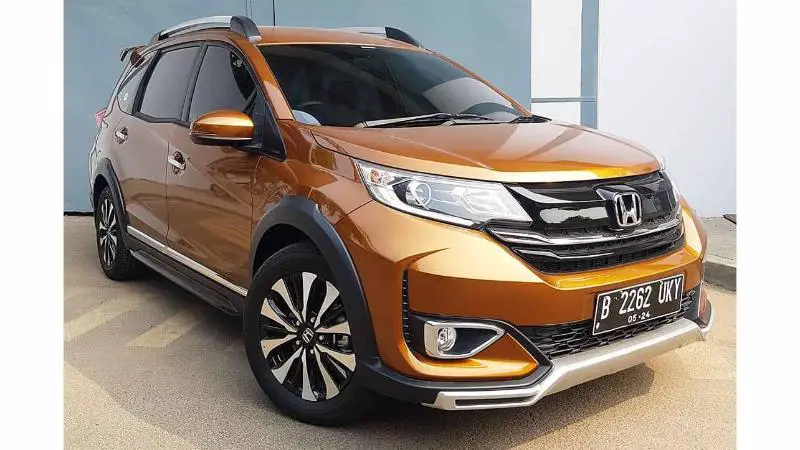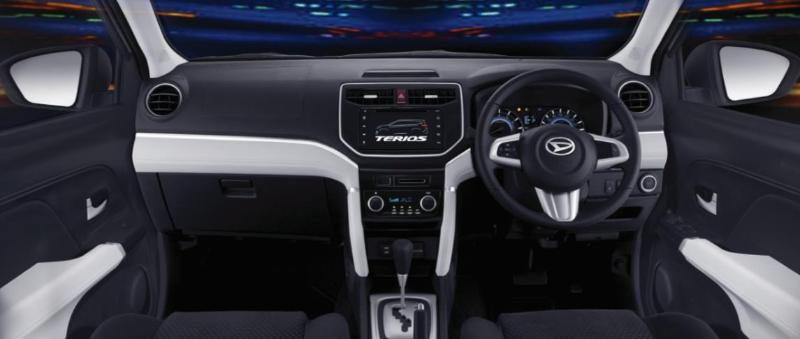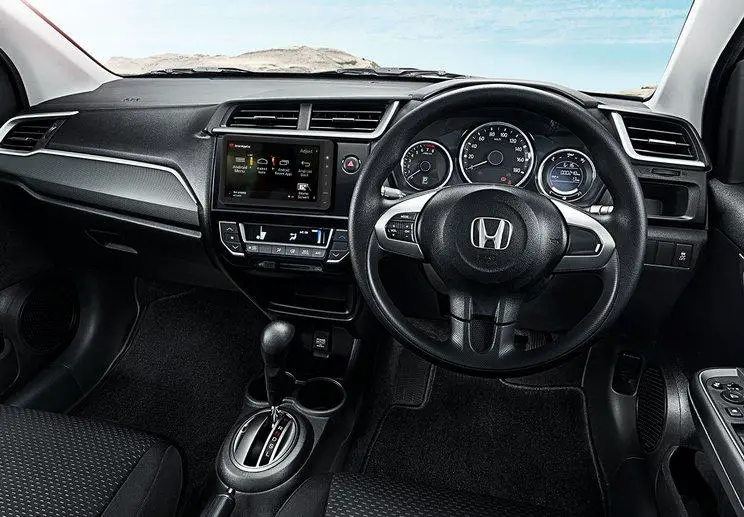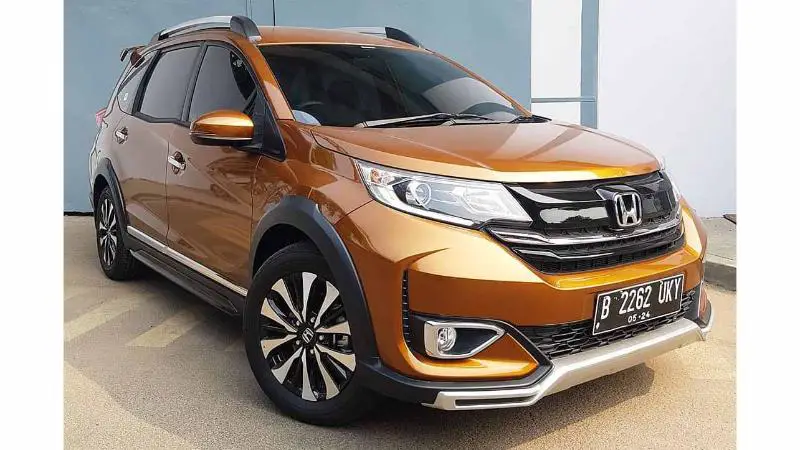Daihatsu Terios is one of the Low SUVs which is quite well known in the community. Despite being the twin of the Toyota Rush, Terios remains good in the LSUV class and always has a place in the hearts of fans.
Even Terios is the main alternative for those who put forward an economical LSUV. Because Daihatsu itself is famous for its products that are economically priced.
Daihatsu Terios itself is currently in the second generation. PT Astra Daihatsu Motor as the manufacturer launched the second generation of this car in 2018 ago.
The exterior shape is very modern, the displacement of the spare tire, which has become a separate icon, to a high technological leap, has made the new generation Terios become a byword.
In the Low SUV or “cheap SUV” class, Terios is not without enemies. Because the class he lives in is one that is fierce and has a lot of competition.
One of Terios' tough opponents is the Honda BR-V. Both are always on the list of consumer considerations in choosing the Low SUV that he will choose from among the many choices.
For this reason, on this occasion, we will immediately compare these two Low SUVs. For those of you who have a plan to have a Low SUV and are confused about choosing it, read it until it runs out, huh!
Exterior
Terios was once famous for his characteristic carrying the spare tire on the trunk door. But now there is no longer this characteristic. Terios evolved with a very modern and futuristic design.
It can be seen from the facial arrangement that presents the narrow LED headlights (all variants) and the fog lamp house is limited to vertical lines, very contemporary. At first glance, if you look at the body, it doesn't seem that the Terios is an entry-level SUV.

While the Honda BR-V as a whole, the exterior design tends to be boxy. Although on the front bumper there are also vertical accents near the fog lamps that present a modern element.
The SUV character of the BR-V is so thick with the use of a roof rail on the roof. Although the same components cannot be found in Terios, both of them have interesting characters from an exterior perspective.
The BR-V uses 16-inch circular rims with a dual tone design. While the Terios is available in two choices, the X type carries 16-inch circular rims with gun metal color while the R type measures 17 inches in black polished color.
Interior
Terios is able to pamper its feeders with a touch screen that is the focus of the infotainment system. On a touch screen that is not too large in size, the cheapest Terios is able to accommodate DVD, USB and auxiliary from an external audio player.

Talking about entertainment sources from external devices, the cheapest Daihatsu All New Terios or the X MT type does have a USB slot and a 3.55 mm port.
Touch screen, USB, radio, Aux in, Tuner and Bluetooth mirroring are the same standards from the X Deluxe type to the most expensive New Terios.
In the BR-V the entertainment system is also very well presented to satisfy passengers during the trip. The 8-inch touch screen is the focus of the entertainment system accommodation.

However, the BR-V type S only uses a 2 DIN audio system. However, in this variant Honda has provided Bluetooth connectivity.
In the highest variant, it is not only Bluetooth that makes it easier for passengers to use the entertainment system, but there is also an audio steering switch feature.
Safety Support
Although classified as an economical SUV, Daihatsu and Honda are competing to provide safety guarantees. This is certainly good for consumers because it gets the latest technology in supporting safety in the BR-V and Terios.
The presence of ABS-EBD brakes, Vehicle Stability Control, Hill Start Assis and Emergency Stop Signal are already on Terios. Even though it is actually not an extraordinary thing in its class, with the size of a car the price of Rp. 200 million certainly deserves appreciation.
Honda does not want to be outdone by providing BR-V ABS + EBD, Vehicle Start Assist (VSA) to maintain stability. VSA will work simultaneously with the ABS braking system and Traction Control to maintain the stability of the car while maneuvering.
The BR-V is also superior with the Hill Start Assist (HSA) feature which makes it easier for the driver to accelerate after stopping on an incline.
Engine and Transmission
Both are armed with the same 1,500 cc engine. Terios carries Dual VVT-i technology in its identical spur of the Toyota Avanza and Daihatsu Xenia.
The Terios engine is recorded to have a power of 104 ps with a torque of 136 Nm. This figure is actually smaller than the Honda BR-V.
The BR-V engine with i-VTEC technology must be given a thumbs up in the LSUV class. Because the BR-V engine is capable of producing a maximum power of 119.6 ps at 6,600 Rpm and 145 Nm of torque.
The advantages of the BR-V did not end there. The Honda BR-V transmission system has adopted a continuously variable transmission (CVT) technology which makes gear shifting smoother and more precise.
Meanwhile, Daihatsu still maintains the conventional torque converter transmission in the Low SUV that it is proud of. However, Terios adheres to rear drive. Meanwhile, the BR-V is front-driven.
Conclusion
In fact, it is quite difficult to give results regarding who is the best of these two Low SUVs from fellow Japanese brands. But if price is an important thing, then the Daihatsu Terios is the best choice.
Because the cheapest variant, namely the Terios X MT, can be owned for only IDR 211,800,000 on the road in Jakarta. Meanwhile, the BR-V S MT, which is also the lowest variant, costs IDR 248,900,000 on the road in Jakarta.
So, it is clear who the kite is called the cheapest SUV?






